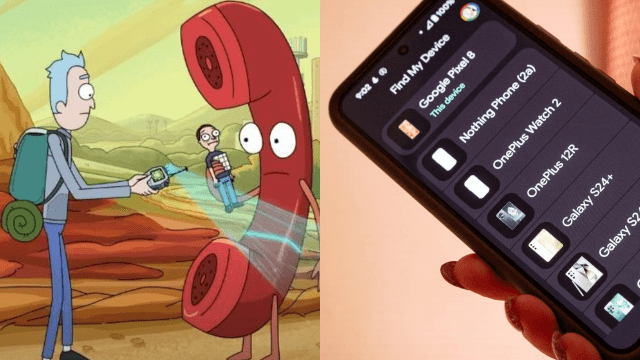Well, well, well. If it isn’t another iOS-like feature coming to Android. Android already has Bluetooth tracker tracking (say that three times fast) through third-party offerings like Tile. However, Apple came out with its AirTags, which everyone in the walled garden bought, and then Samsung decided to join in with the Galaxy Tag, which works exclusively with Samsung devices. It was finally time for Google to figure out an Android-wide solution to get up to speed with its competition. Fortunately for the platform, you don’t have to wait for a specific version of Android to hit to get access to this one.
Google launched the Find My Device (FMD) network in the US and Canada. The feature is available now to help find lost Android smartphones and tablets. It will work with more headphones and earbuds down the line, though I can already see my Sony headphones and Pixel Buds A-Series populate in the Find My Device app for Android. In May, Google will also start support for smart tags from Pebblebee, Chipolo, Eufy, and JioTag. May is also when we’ll see the unknown tracker alert capability go live on Android devices and iOS. Pebblebee and Chipolo are two trackers that work with both platforms.
How does Android’s Find My Device work?
Google published a blog on how it developed the network behind Find My Device. Like Apple’s AirTag network, FMD locates devices through Bluetooth proximity, which is how it can rely on other gadgets to relay where it’s settled in your space. The location you see pinpointed when you open the Find My Device mobile app comprises aggregated location information on the device you’re seeking and the other detectable ones around it.
In a blog post, Google addresses potential security concerns with Android’s Find My Device network. The company explains how FMD is end-to-end encrypted, ensuring that Google cannot identify the owners of the nearby Android devices that provided the location data. As an additional privacy safeguard, the app doesn’t collect data on surrounding Android devices as an additional privacy safeguard.
Since it uses Bluetooth, you can employ devices in your home network to help you locate things, like keys buried under a pillow on the couch. The Find My Device app won’t provide you with turn-by-turn directions to the object, but it can show a lost device’s proximity to the nearest Nest device in your smart home as a reference point.
When can I use Find My Device?
You can use the Find My Device network now. It’s compatible with any device running Android 9 and above. Grab it from the Play Store if you don’t see the app populated in your launcher. Once installed and activated, the Find My Device network will turn on by default. You can also check on devices through the Find My Device browser app.
So far, only a few trackers, including the brands mentioned at the top of the page, work with the FMD network. Chipolo is the one you can buy outright, while Pebblebee trackers won’t start shipping until May. Eufy and JioTag’s respective offerings will be out later this year. Sadly, you can’t locate Samsung’s Galaxy Tags with this network.
